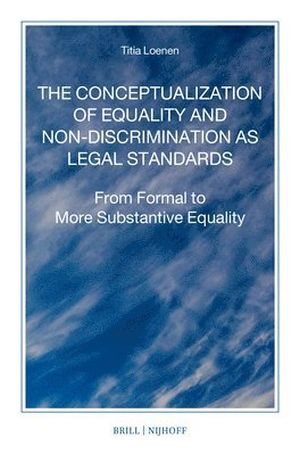We are now closed for the Christmas and New Year period, returning on Monday 5th January 2026. Orders placed during this time will be processed upon our return on 5th January.

This book provides an in-depth analysis of the central concepts figuring in equality and non-discrimination standards across jurisdictions: formal and substantive equality, direct and indirect discrimination, reasonable accommodation, affirmative action and intersectional discrimination. It explains how different conceptualizations matter and may result in different outcomes in legislation, case law and policies. In doing so it draws on examples from a wide variety of sources, including the European, Inter-American and global human rights systems and the jurisprudence of the apex courts in Canada, India, South Africa and the US. This study also shows how the conceptualization of equality has been moving overall from formal to more substantive equality.